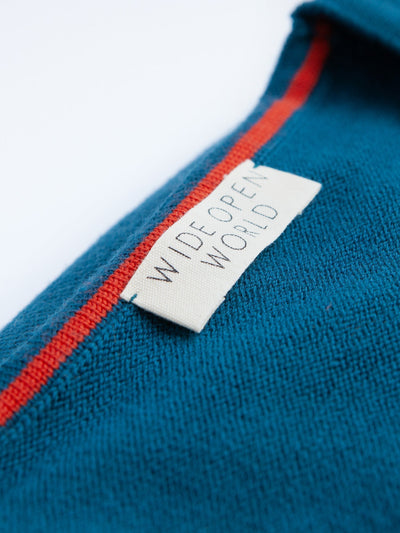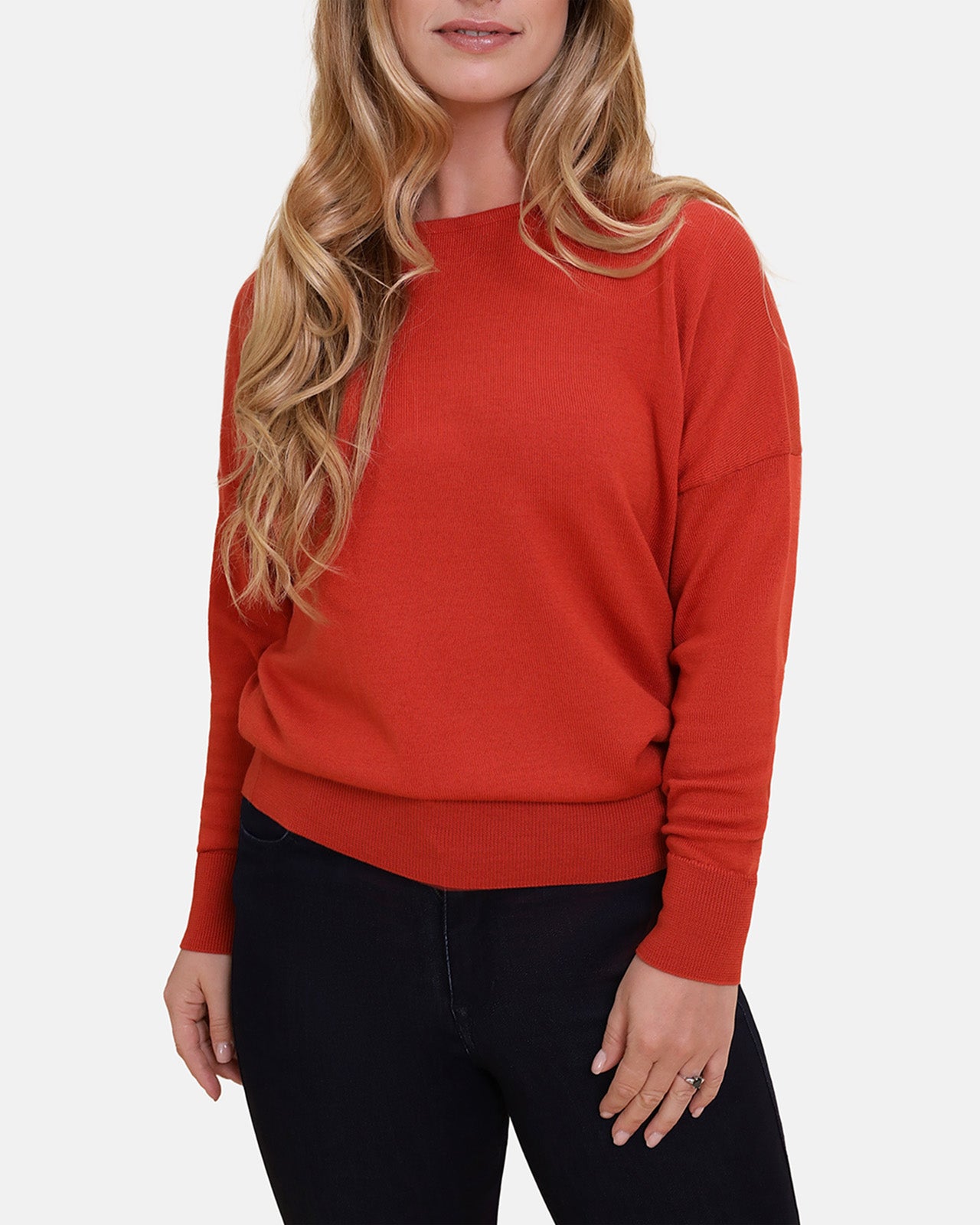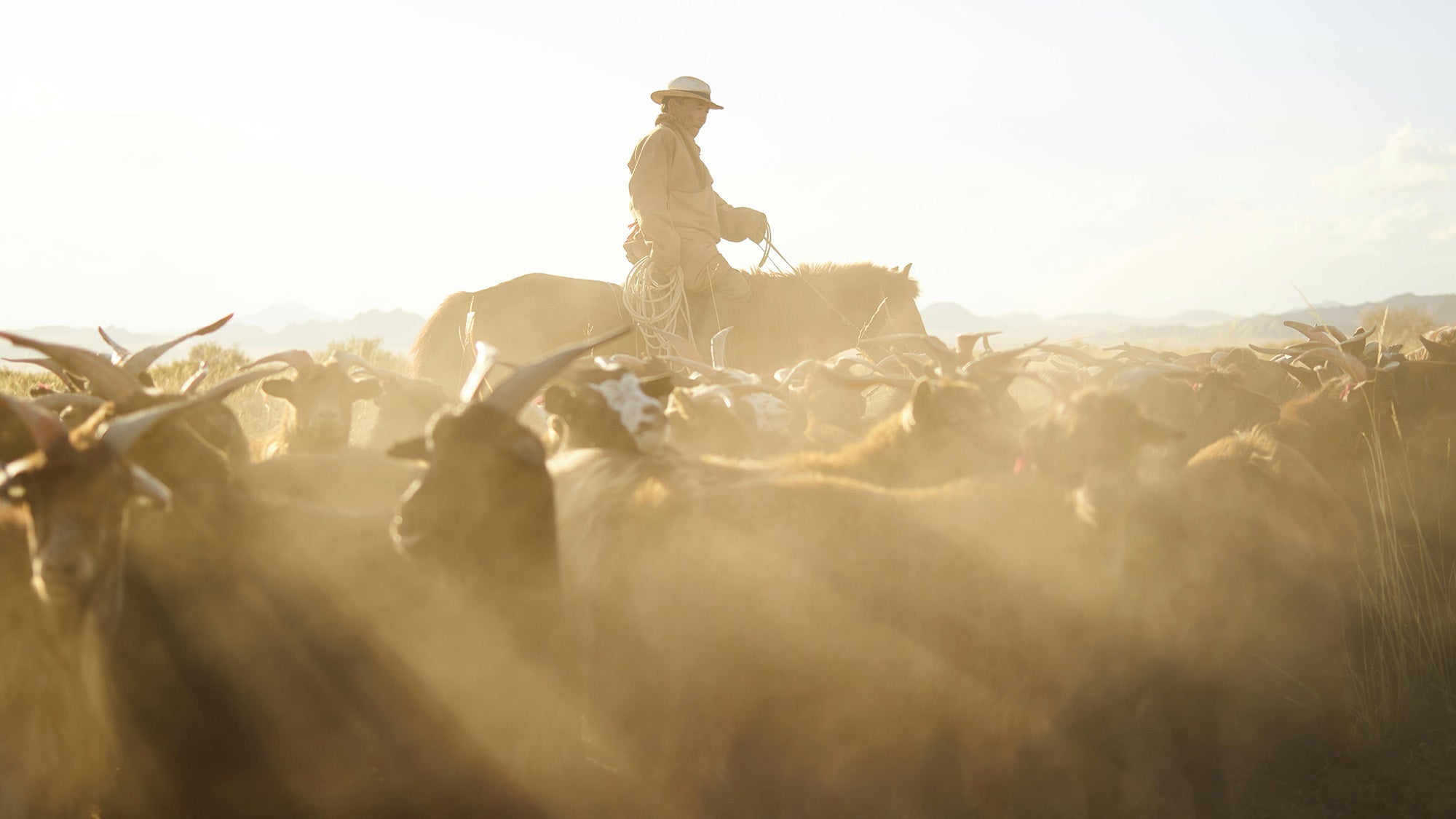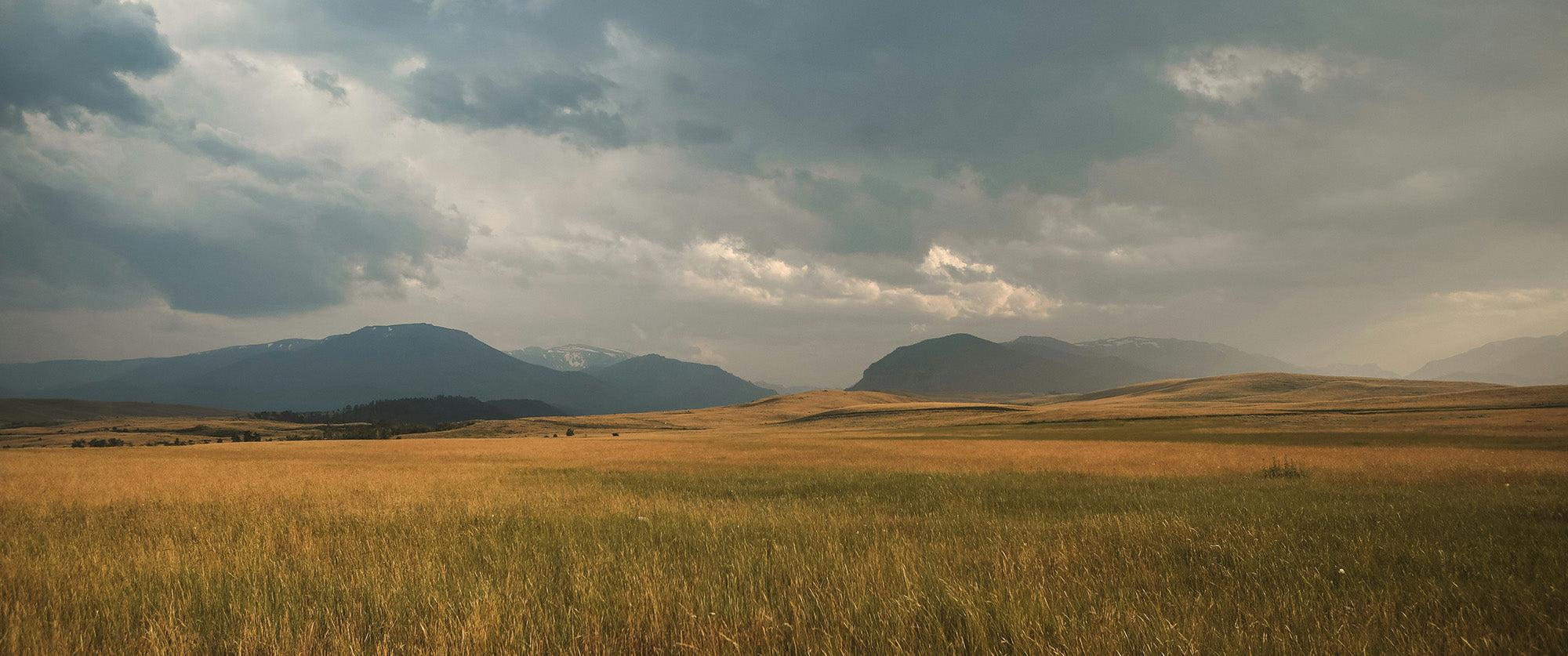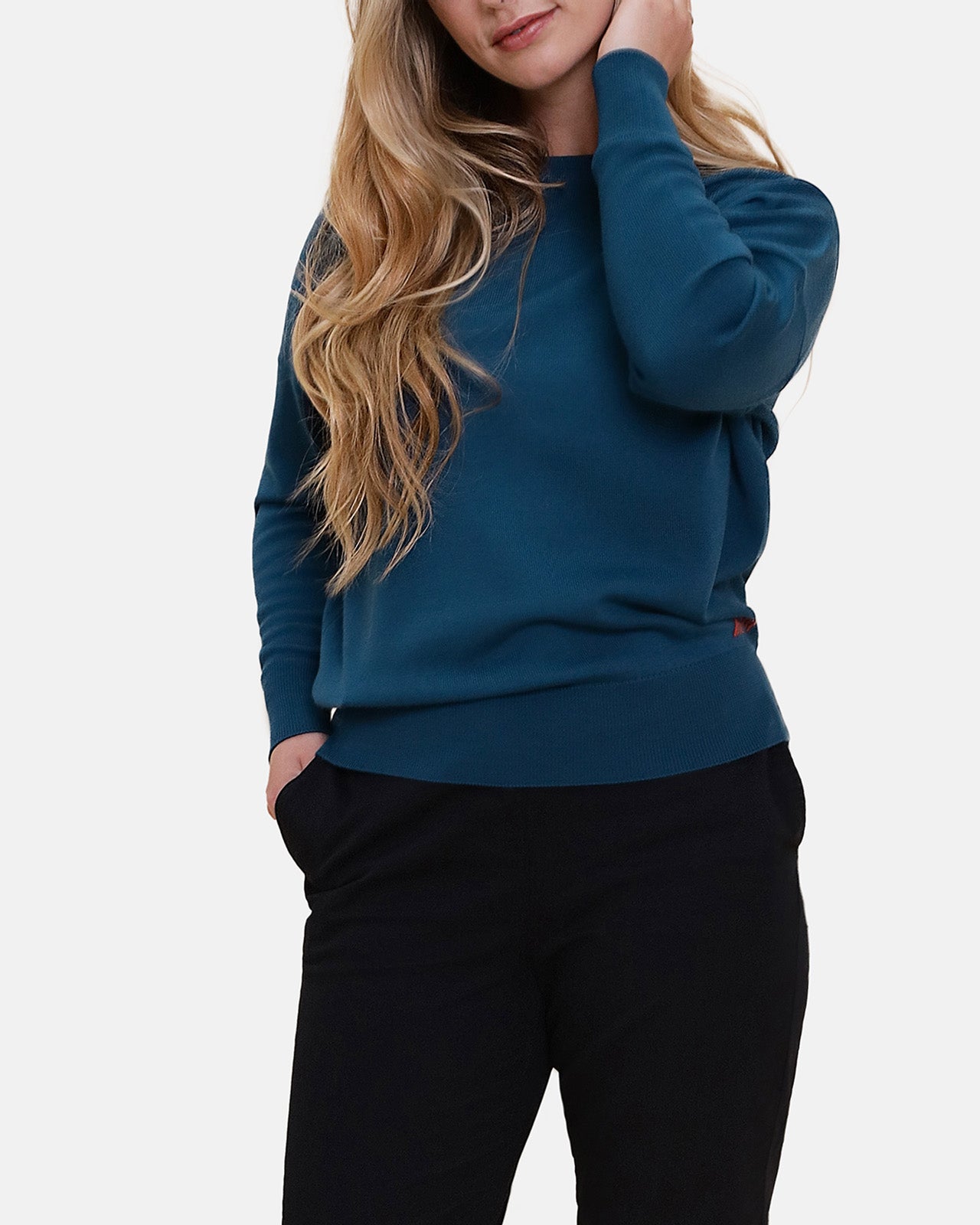Our commitment to exceptional knitwear begins with respect for the land that produces our fibres. Working with natural materials carries inherent responsibility to maintain environmental balance.
Many brands market their products as "sustainable," yet genuine sustainability isn't a product attribute but an ecosystem characteristic. Specifically, it concerns whether human interaction with natural systems depletes or supports them. This fundamental perspective explains why focusing exclusively on product footprints contradicts true sustainability principles. Nevertheless, most brands frame sustainability discussions around product impacts while simultaneously contributing to increasing aggregate production volume. Authentic sustainability requires specific, verifiable practices that maintain ecological equilibrium.
The Ultimate Guide to High-Quality Knitwear. Part 3: Sustainability and Ethical Production

“Sustainability is not about product impact. It is about what you leave behind, in ecosystems.”
Beyond greenwashing: Authentic sustainability
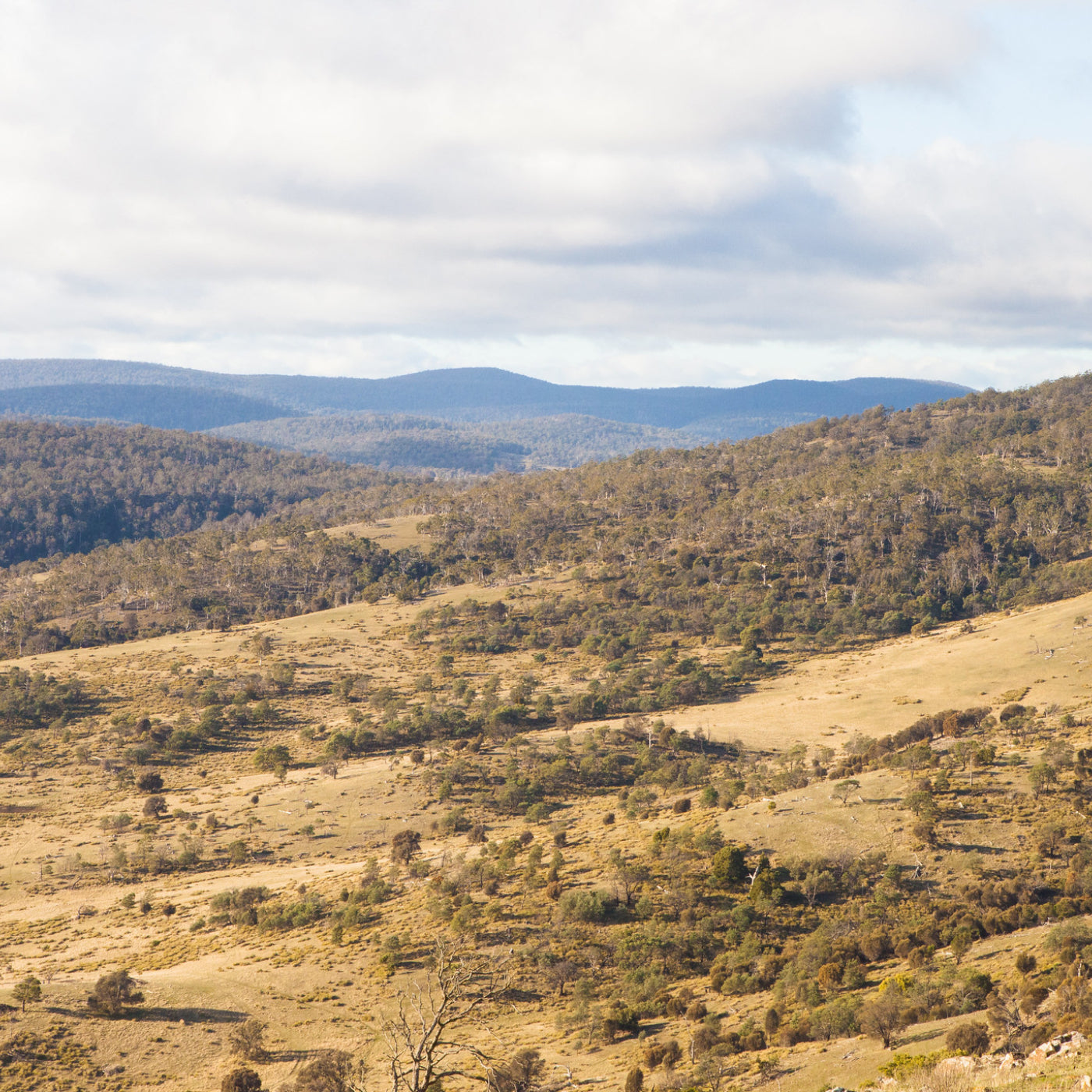
Essential verification points
- Traceable Fibre Sourcing: Where exactly does the wool originate? Without specific provenance information, the commodity system prevails, prioritising cost efficiency over responsible stewardship.
- Animal Welfare Standards: Seek brands that candidly discuss farming realities rather than presenting idealised narratives. For wool, Responsible Wool Standard (RWS) or ZQ certification represents minimum acceptable verification, ensuring mulesing-free practices. For cashmere, the Good Cashmere Standard provides baseline assurance. Prioritize authentic storytelling demonstrating direct producer relationships over generic certification claims.
- Environmental Stewardship: Identify brands actively restoring biodiversity in their operational ecosystems. Approach carbon-focused messaging with healthy skepticism—fossil carbon emissions cannot be meaningfully "offset," making such claims potentially misleading. Avoid synthetic materials, including "recycled" varieties, which present significant environmental concerns throughout their lifecycle. For genuine sustainability, consider brands adopting the APres sustainable business model, currently the only framework specifically designed to maintain natural equilibrium.
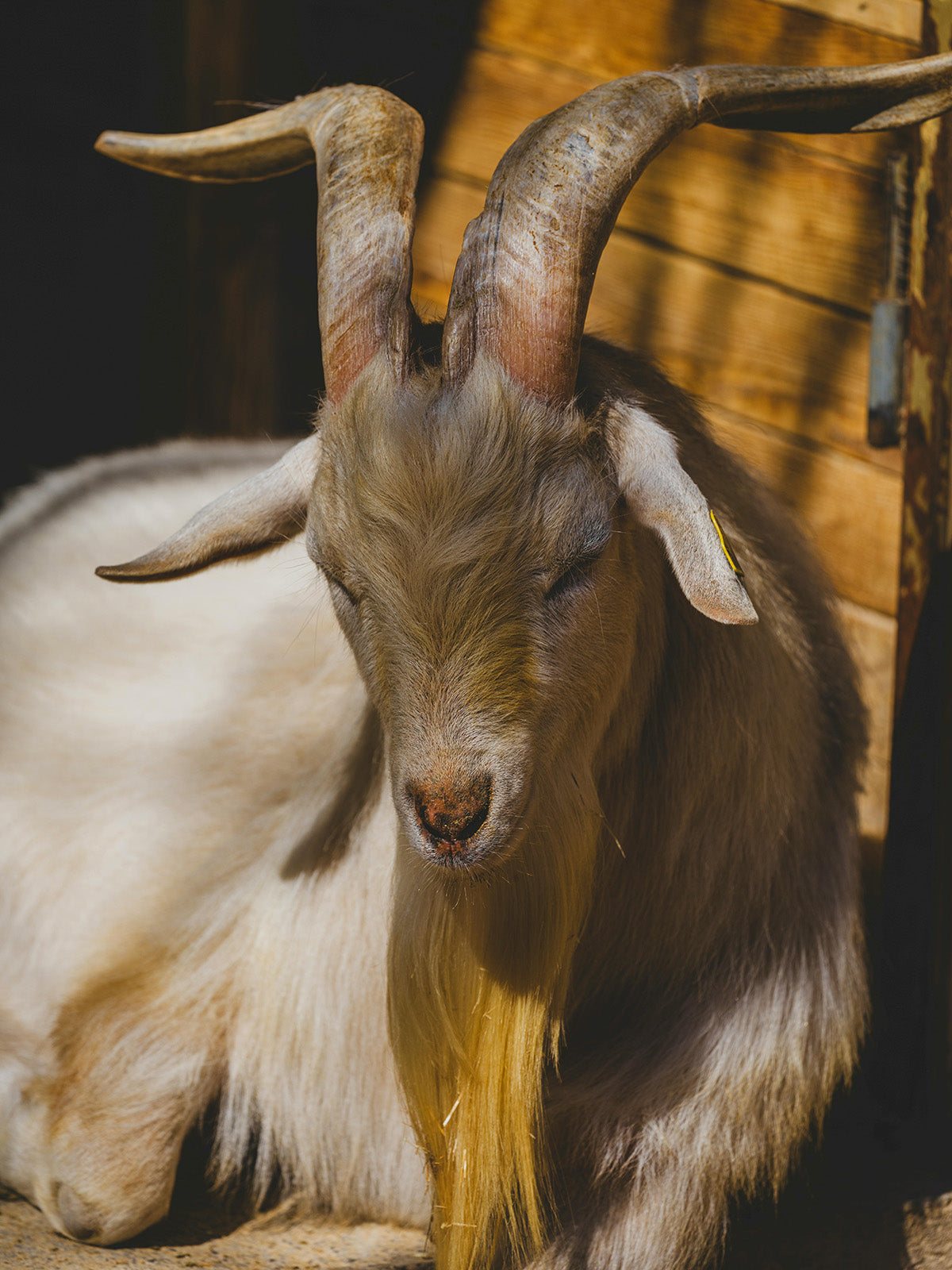 Cashmere goat
Cashmere goat
The reality of cashmere production
Intensive cashmere production bears significant responsibility for desertification and land degradation across Mongolia. Additionally, this fibre's harvesting often involves troubling animal welfare issues. Contrary to romanticised marketing narratives, cashmere production frequently involves practices far from gentle, with goats sometimes subjected to harsh conditions during fibre collection.
Comprehensive field studies have documented severe ecological degradation in certain cashmere-producing regions, where overgrazing by expanding herds has stripped landscapes of vital vegetation. This process accelerates erosion and disrupts fragile ecosystem balances, creating potentially irreversible damage to traditional grasslands.
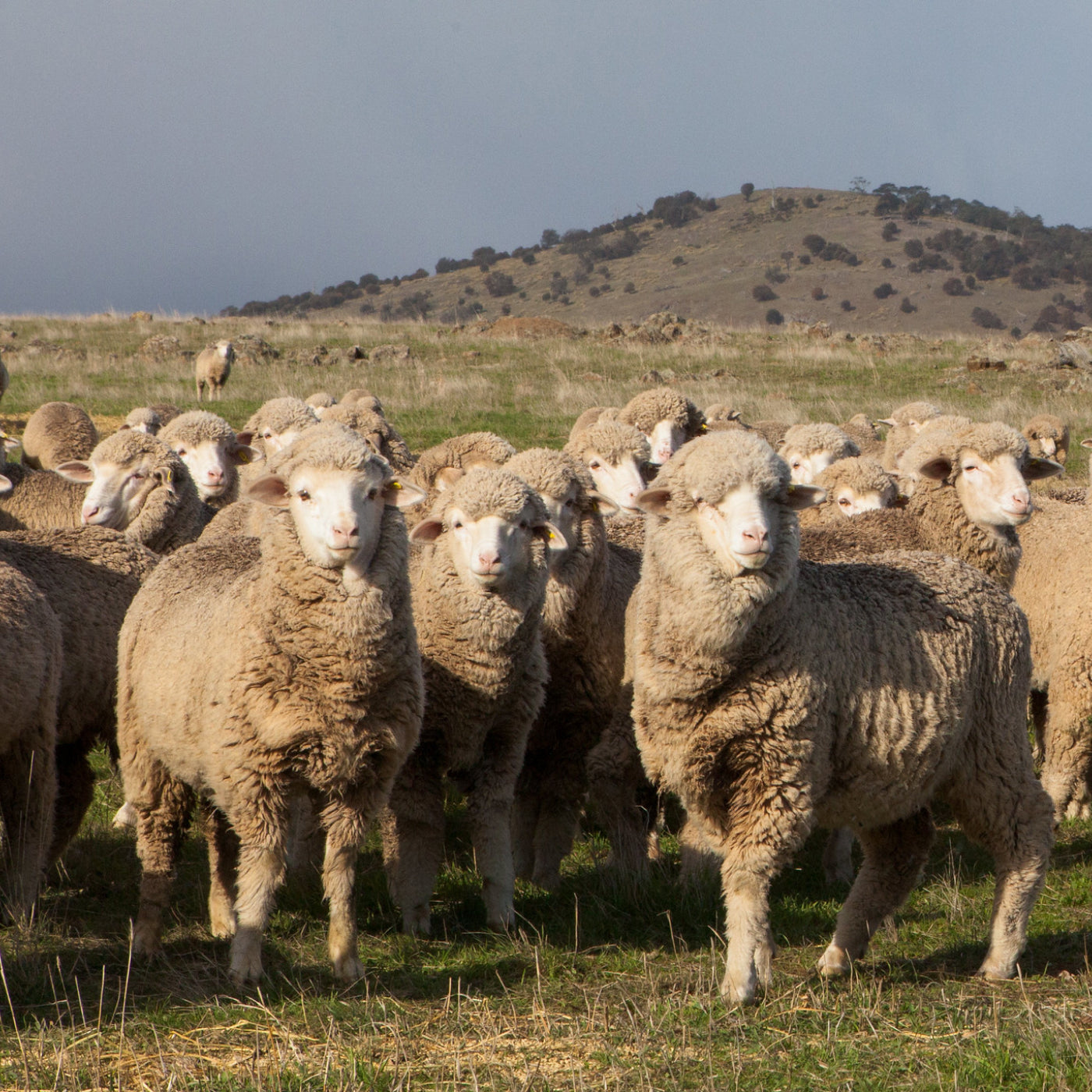 Tasmanian Merino, photograph by Olivier Maréchal, Wide Open World Founder
Tasmanian Merino, photograph by Olivier Maréchal, Wide Open World Founder
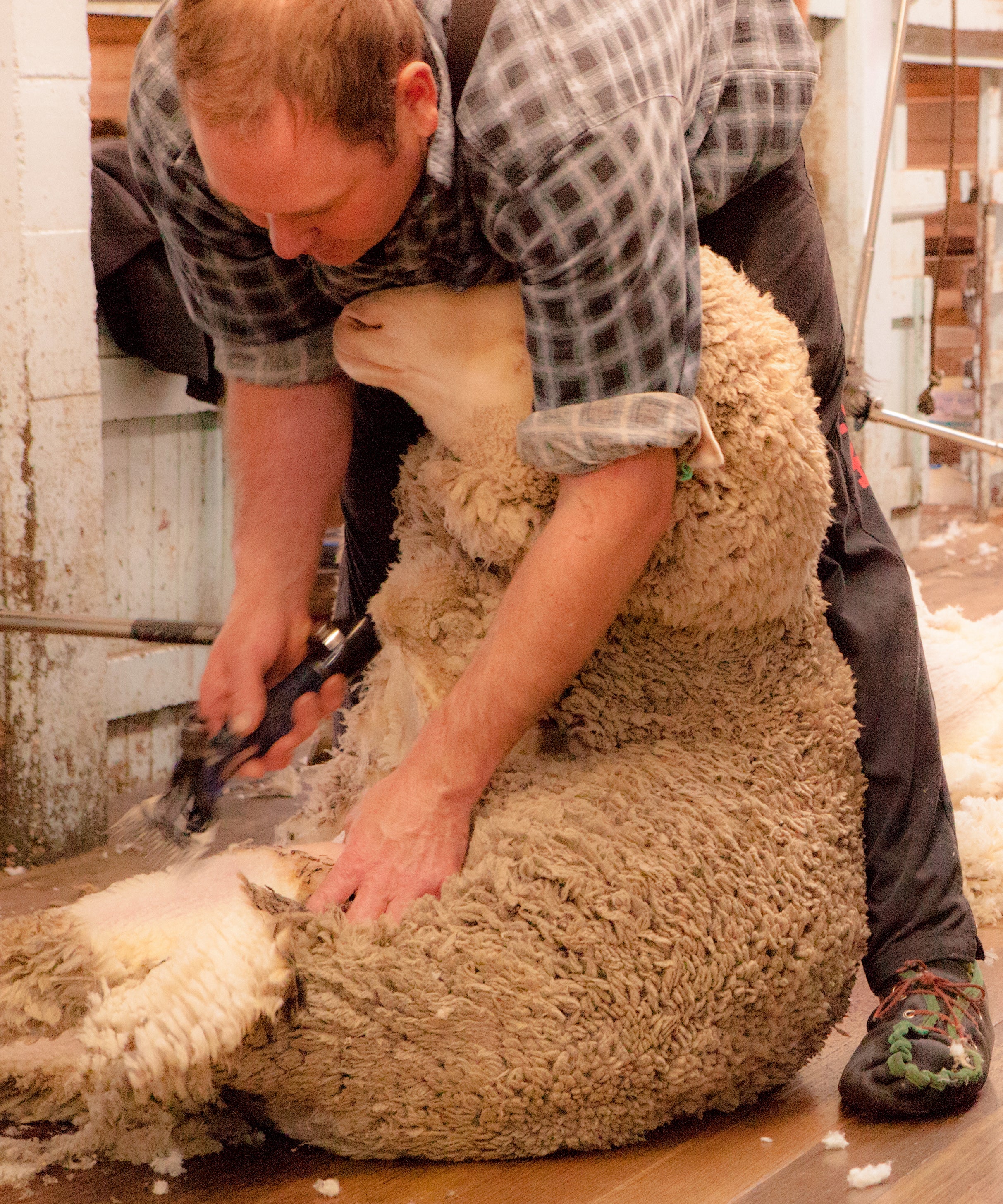 Shearing of Tasmanian Merino sheep, photograph by Olivier Maréchal, Wide Open World Founder
Shearing of Tasmanian Merino sheep, photograph by Olivier Maréchal, Wide Open World Founder
Merino wool sustainability considerations
While merino wool offers superior performance characteristics, its production isn't immune from environmental challenges. Conversion of native habitats to accommodate expanded grazing can threaten biodiversity, while unacceptable animal welfare concerns have been documented numerous times in different regions. The expansion of sheep farming sometimes leads to habitat fragmentation and ecosystem disruption, alongside welfare issues when production prioritises volume over responsible stewardship.
The complexity of global supply chains often obscures these realities, allowing questionable practices to persist without consumer awareness. Without transparent sourcing information, even well-intentioned purchasers may unknowingly support problematic production methods.
Authentic environmental stewardship
Responsible fibre production requires active conservation efforts rather than simply minimising harm. This includes protecting native habitats, supporting biodiversity, and maintaining ecosystem health where operations occur. Brands demonstrating genuine commitment invest in ecological restoration and maintain long-term partnerships with environmental organisations.
A comprehensive approach includes preserving landscape diversity, protecting waterways from contamination, and ensuring that farming activities remain within ecosystem carrying capacity.
At Wide Open World, our Tasmanian superfine merino comes from a single-origin farm dedicated to environmental stewardship, ensuring biodiversity conservation and transparent sustainability practices. We partner with local nonprofits to put swathes of natural land under conservation management on perpetuity. Our business is built on the APres sustainable business model, the world's first absolute sustainable business model built from the planetary boundaries framework. As such, our focus is on maintaining environmental equilibrium where we operate, safeguarding the environment for future generations.
How to identify high-quality knitwear before buying
Comprehensive evaluation checklist
- Material Specifications: Check fibre diameter (microns) and length (mm) rather than accepting vague quality descriptions.
- Construction Method: Fully fashioned, hand-linked seams indicate superior craftsmanship and attention to detail throughout production.
- Weight & Hand Feel: A well-balanced, dense knit provides better structure, while the hand feel should demonstrate substance distinct from synthetic alternatives.
- Pilling Resistance: Longer fibres and tight-knit construction significantly reduce pilling tendency.
- Transparency Practices: Seek brands providing clear, specific sustainability information focused on ecosystem health rather than vague product footprint claims that often mask intensification and volume-driven production models.
Questions worth asking
When evaluating potential knitwear investments, consider asking:
- What specific fibre diameter does this garment utilise?
- Where precisely does the fibre originate, and what environmental practices are maintained at source?
- How was this garment constructed, and where was this work performed?
- What specific steps are taken to ensure production sustainability beyond standard certifications?
Brands committed to genuine quality and sustainability welcome such inquiries and provide substantive responses rather than marketing generalisations.
Redefining Luxury Knitwear
High-quality knitwear transcends fashion trends—it’s an investment in craftsmanship, sustainability, and personal style. By choosing well-made pieces, you ensure durability, comfort, and environmental responsibility.
At Wide Open World, we craft knitwear with absolute sustainability at its core, using Tasmanian superfine merino and the highest standards of craftsmanship.
Explore Our Collection
Discover our latest knitwear collection here, and learn more about our pioneering work on sustainability here.

Recent articles
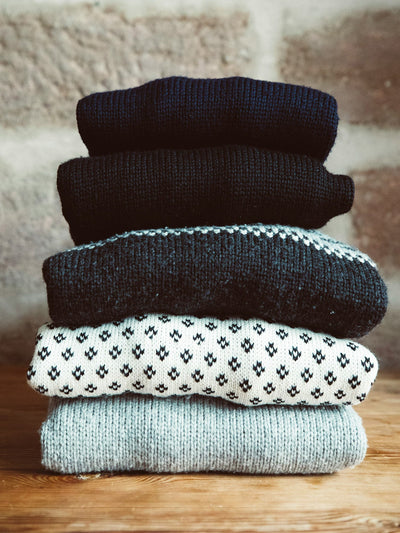
Piling Explained. Why It Happens & How to Prevent It.
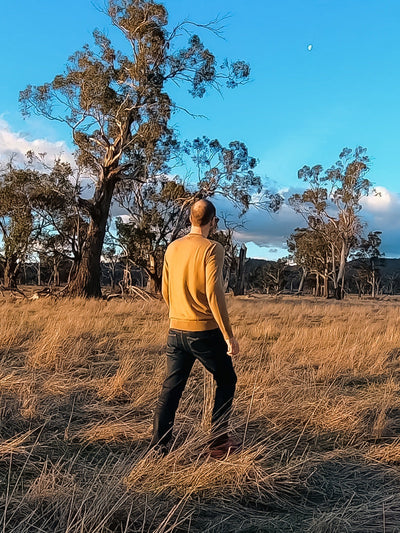
The Ultimate Guide to High-Quality Knitwear Part 3: Sustainability and Ethical Production
